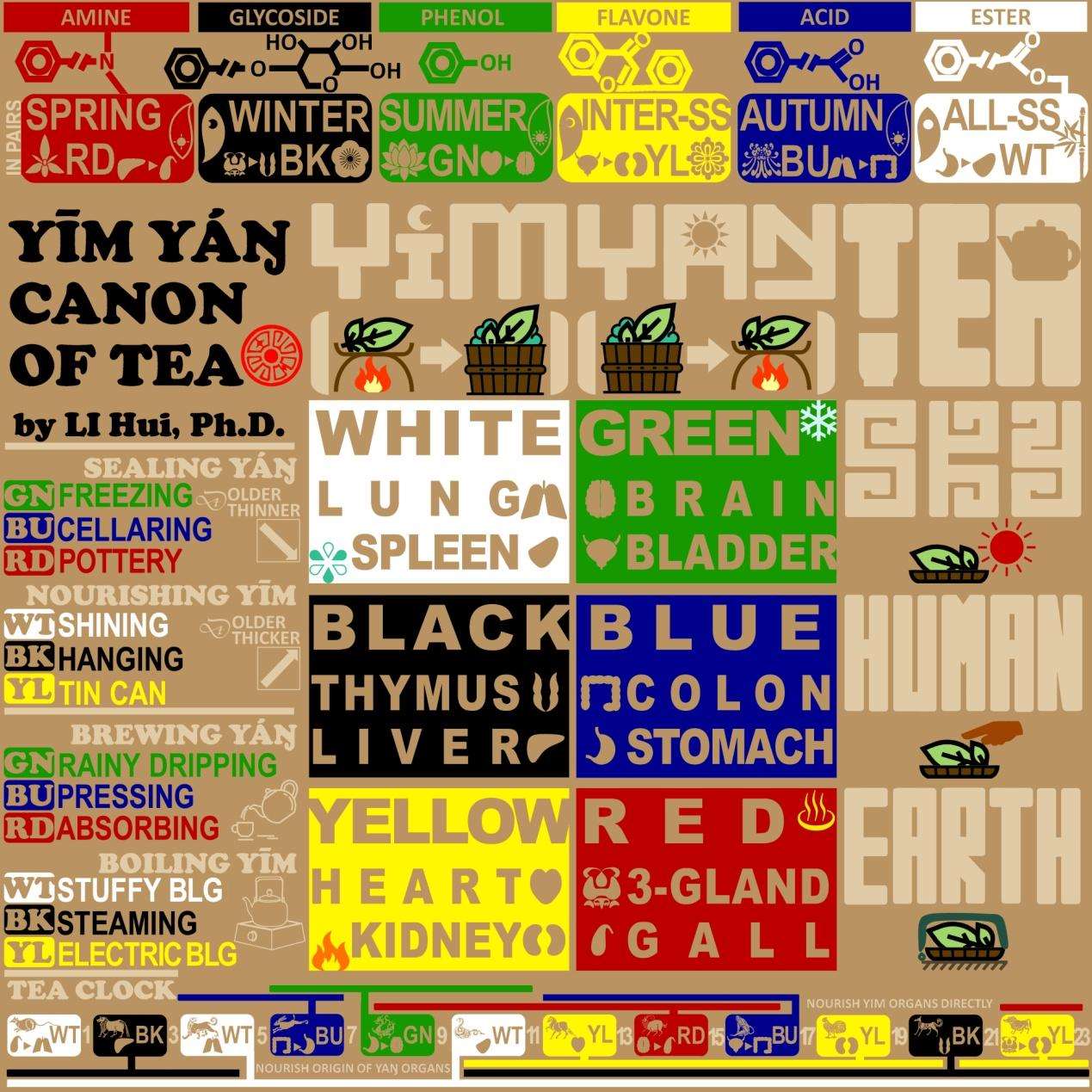




Tea is one of the most popular drinks of the world. People all know that tea originated in China,and there are more tea cultivars and products (all the six types of tea) in China. However, for a long history, only green tea and black tea were introduced into Europe, and most of the so-called black teas in Europe are actually red teas except for those in Russia and Turkey. Few Europeans know that there are tea types other than green tea and black tea, or that the tea types are created by different processing techniques rather than plantation. Although there are so many famous names of Chinese teas prevalent in Europe, such as Bohea, Oolong, and Keemun, the diversity of Chinese teas is too strange, let alone the various techniques and medical functions of the teas.
The reason for European people to love tea must be the same as that for Chinese people. That is drinking teas make one comfortable from the tongue to the whole body. There are definitely medical functions in the teas. In Chinese legends, tea was found by the Hot Emperor, Shennong,as the best medicine around 6,000 years ago. In the 14 th century, red tea (now is mistakenly called black tea) was introduced into Europe by the Portuguese navigator to replace the rhubarb ( Rheum sp.) to cure indigestion. It soon became popular in the aristocracy where too many meats were consumed. In the present time, most Europeans eat meat every day and a cup of red tea after meal will help a lot for digestion. That is why Europeans consume so large amount of tea.
In contrast, tea drinking became an art instead of medicine in China and Japan in the recent one thousand years. As a result, most of the Chinese people drink very few teas and are unaware of the medical functions of the teas. However, unless the medical functions are taken into consideration,the qualification of the teas cannot be scientific. In the last decades, many strange teas were invented with a pretty good smell but their ingredients are harmful to health. There must be scientific standards for tea qualification. That is why I wrote this book after a decade of field investigation and laboratory research.
In this book, I explained the fundamental knowledge about the Chinese teas with the traditional Chinese philosophy beside science. In Chinese philosophy, the nature of everything can be classified into Yim and Yaŋ. For example, male is Yaŋ while female is Yim, life is Yaŋ while death is Yim, the sun is Yaŋ while the moon is Yim, and the sky is Yaŋ while the earth is Yim. For the teas, those biochemical reactions are carried out before the leaf cells are killed are Yaŋ teas (living teas), while those reacted after the leaf cells are killed are Yim teas (dead teas). The energy of reactions might come from three origins, i.e., the sky, the human, and the earth, which are called the Three Talents. That is why there are six types of Chinese teas, green, blue, red, white, black,and yellow teas. They go respectively into six meridians of body fluid indicated by Chinese traditional medicine, and therefore, nourish the organs through which these meridians go. For example, red tea is piled on the ground to ferment, which is made by the earth energy, before the cells are killed by heating. Then, it is the Earth Yaŋ (Little Yaŋ) tea, that goes into the Little Yaŋmeridian which nourishes the gallbladder and cures indigestion.

Abstract Illustration of Tea Canon
Everything about tea starts from this 2×3 scheme. This is the tea philosophy. We may call it teaism,while it is totally different from the teaism of Japan. Without the tea philosophy, the tea science cannot work, especially the medicine aspect of the teas. In this book, I want to introduce all the six types of the teas and their medical relevance to the world. I hope more and more people will know how to benefit from the teas. By drinking a certain type of tea, one can keep the related organ healthy. For a large number of disorders, we just need a pot of correct tea. A healthy body for everyone around the world is my best wish, and also the wish of this book.
Li, Hui
Fall of 2019
During yellow tea making in Guizhou.